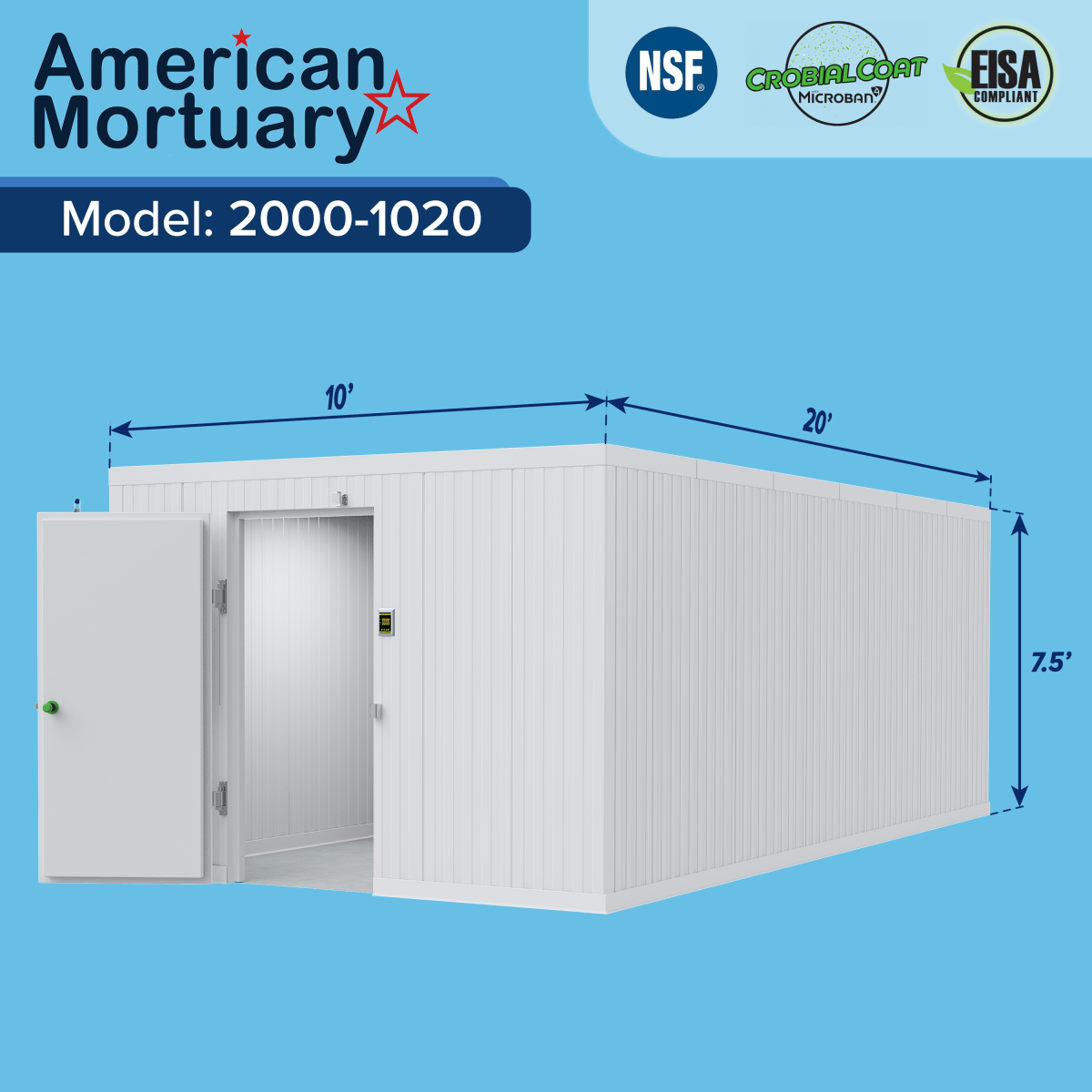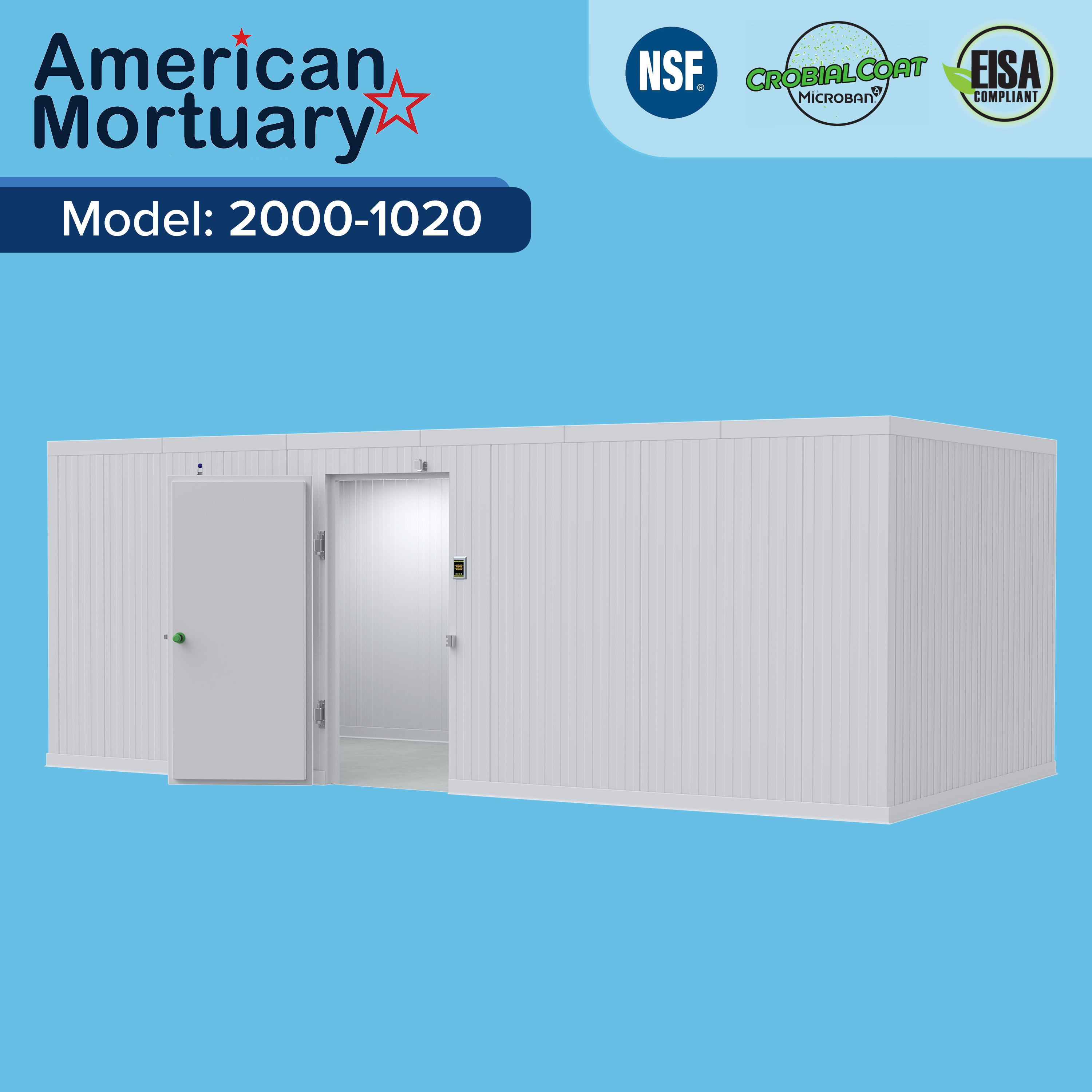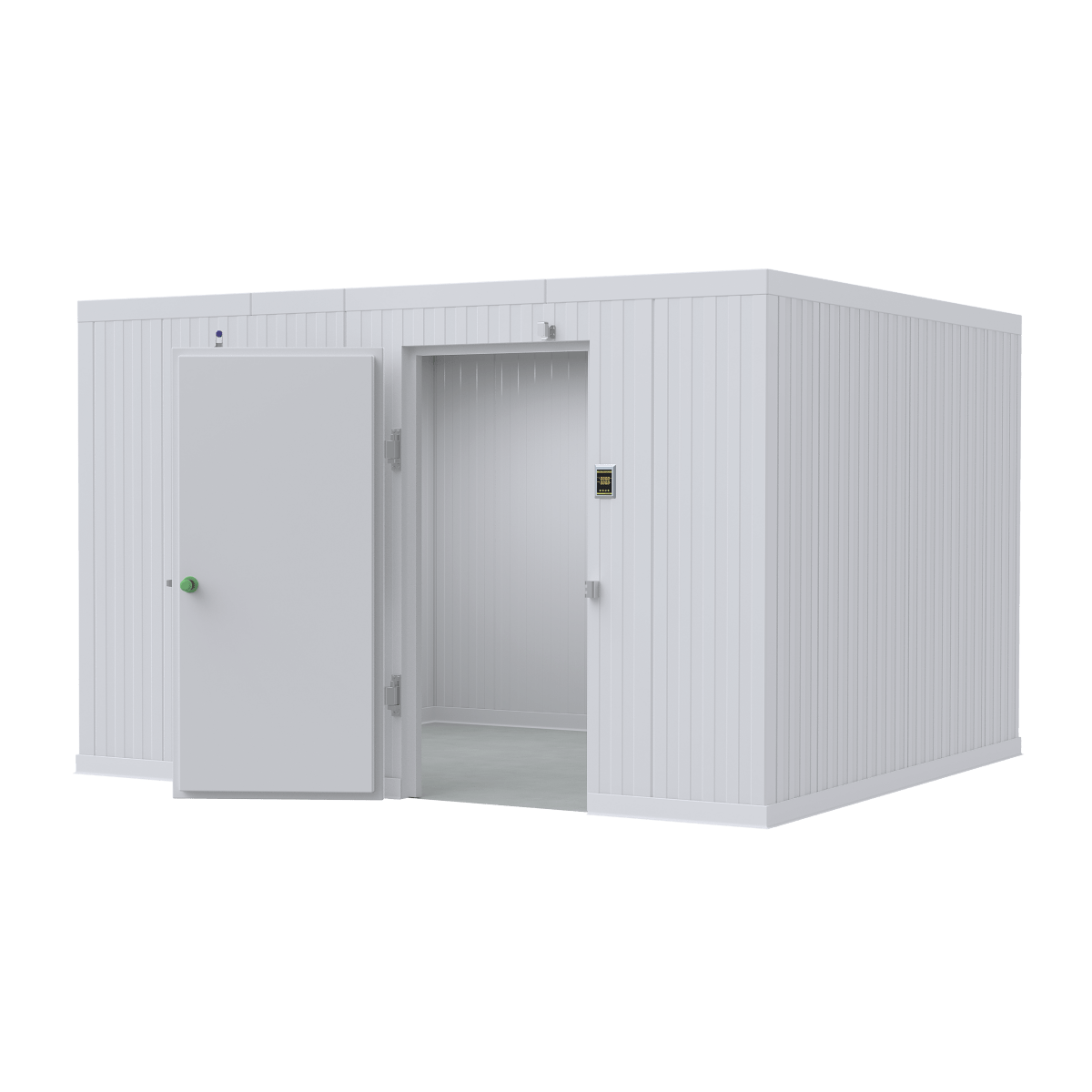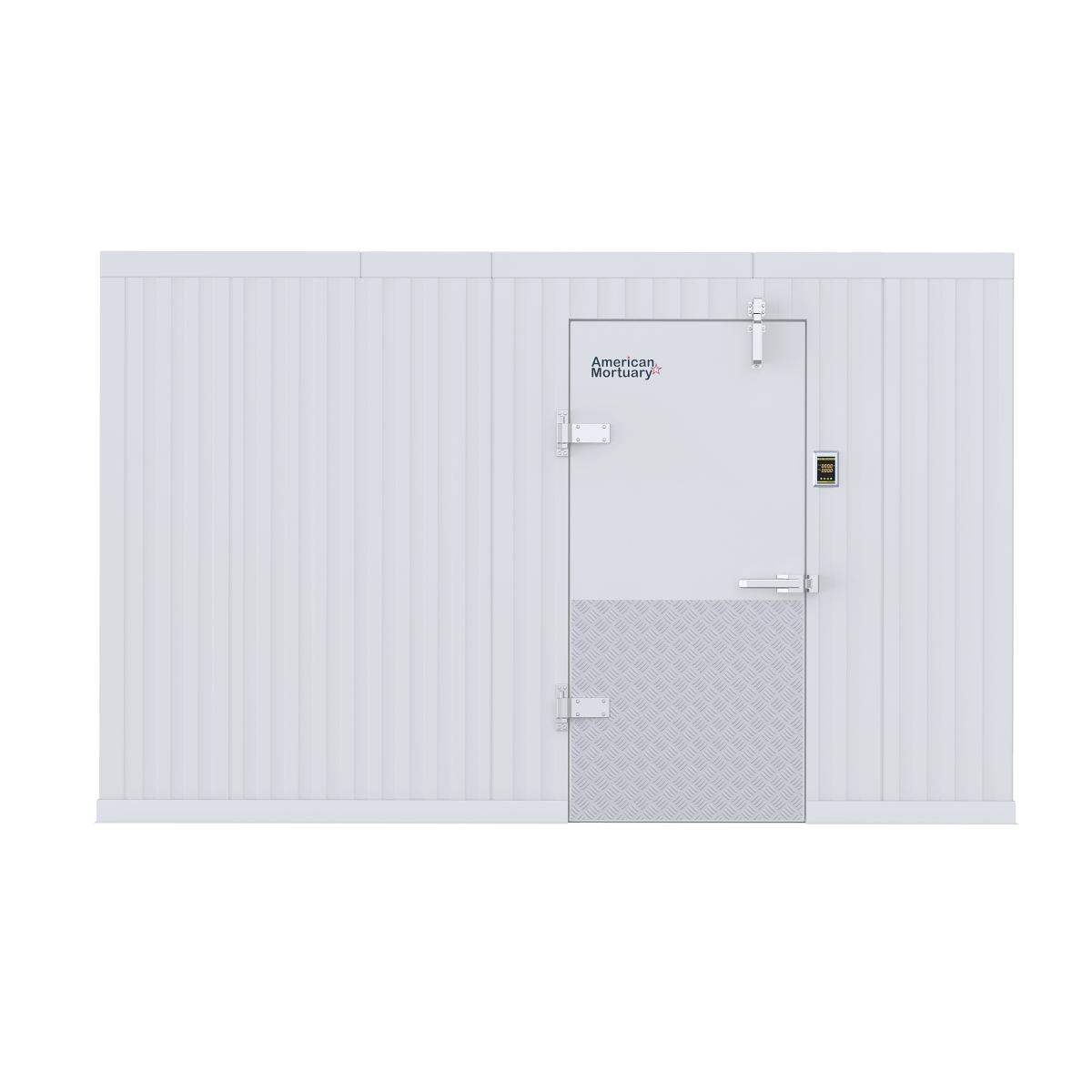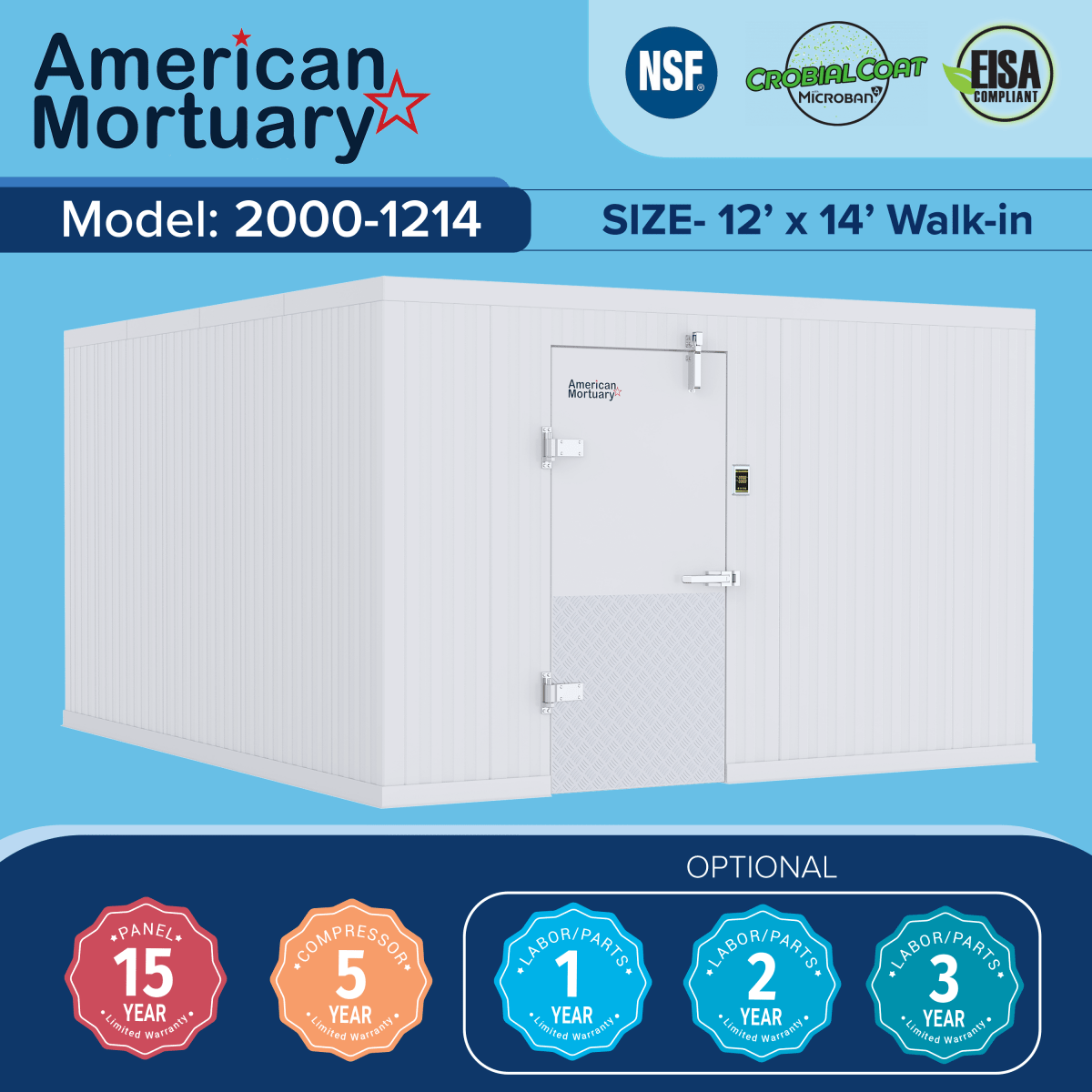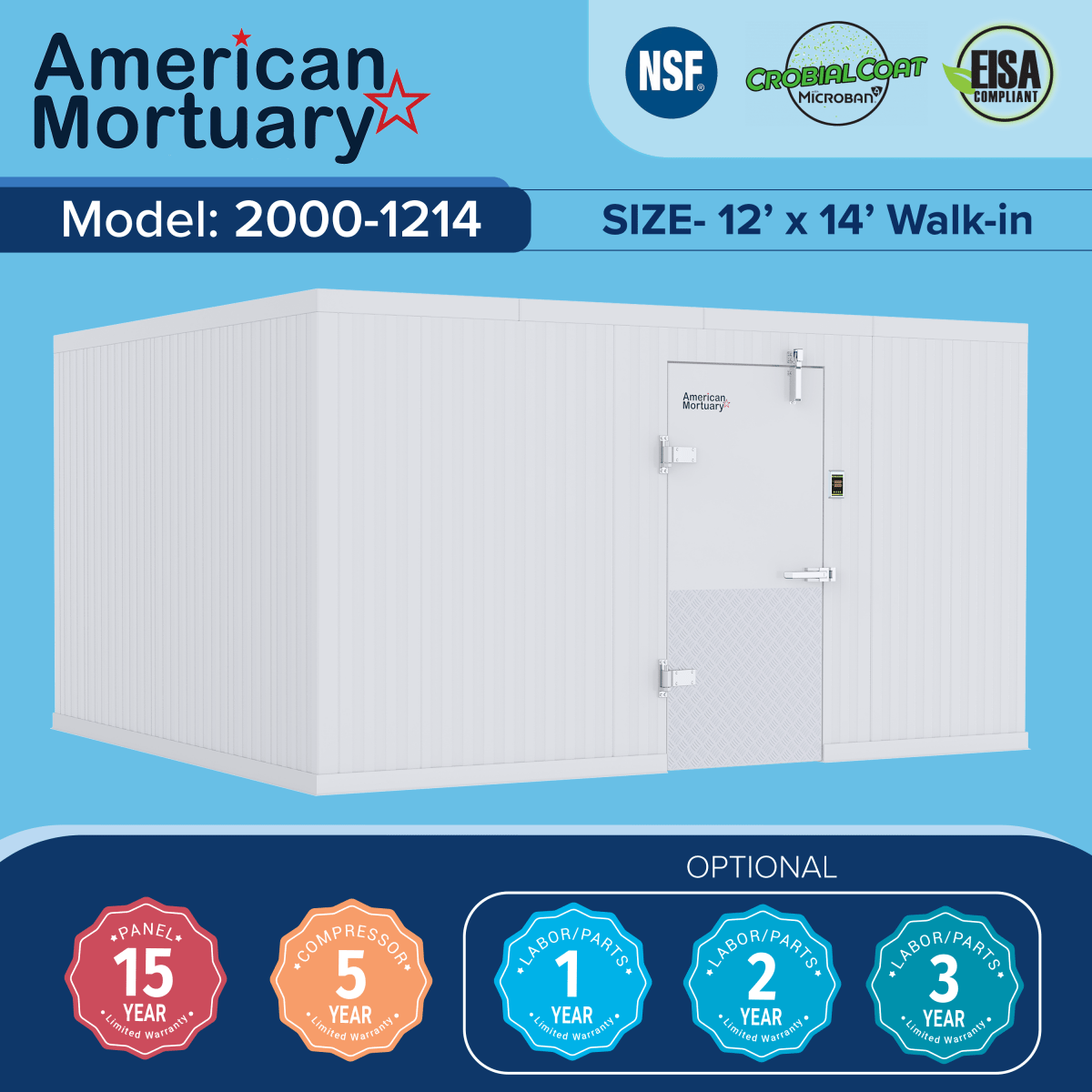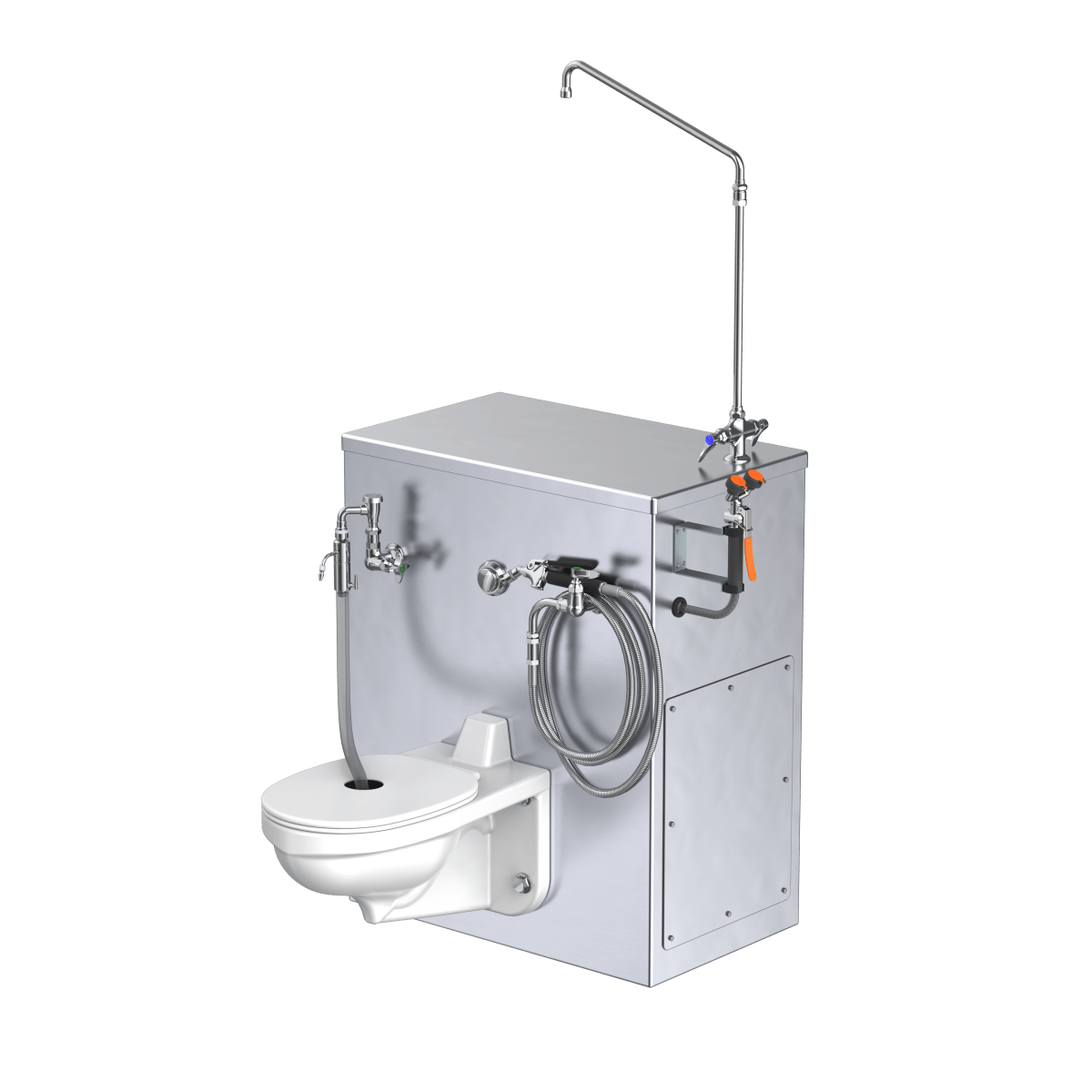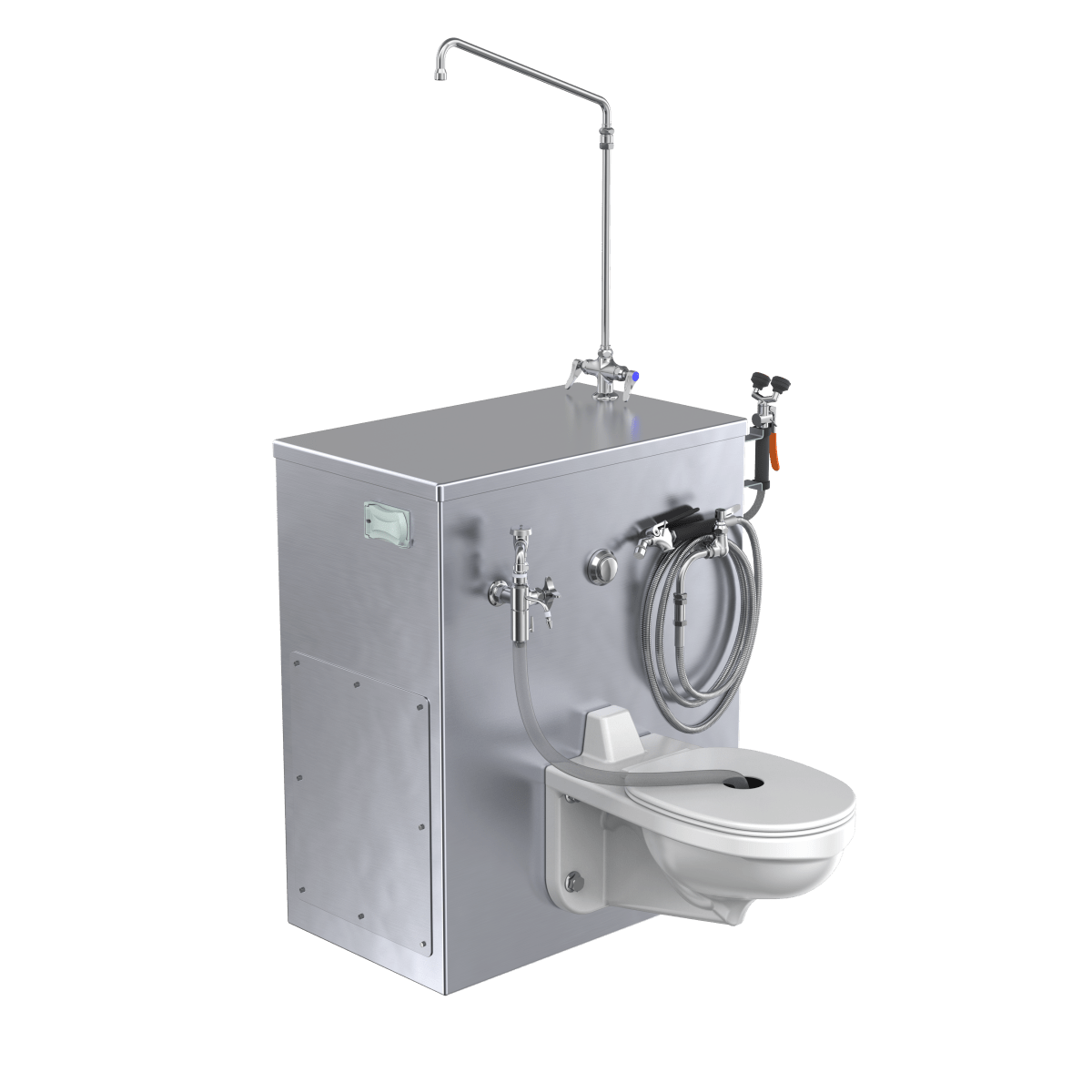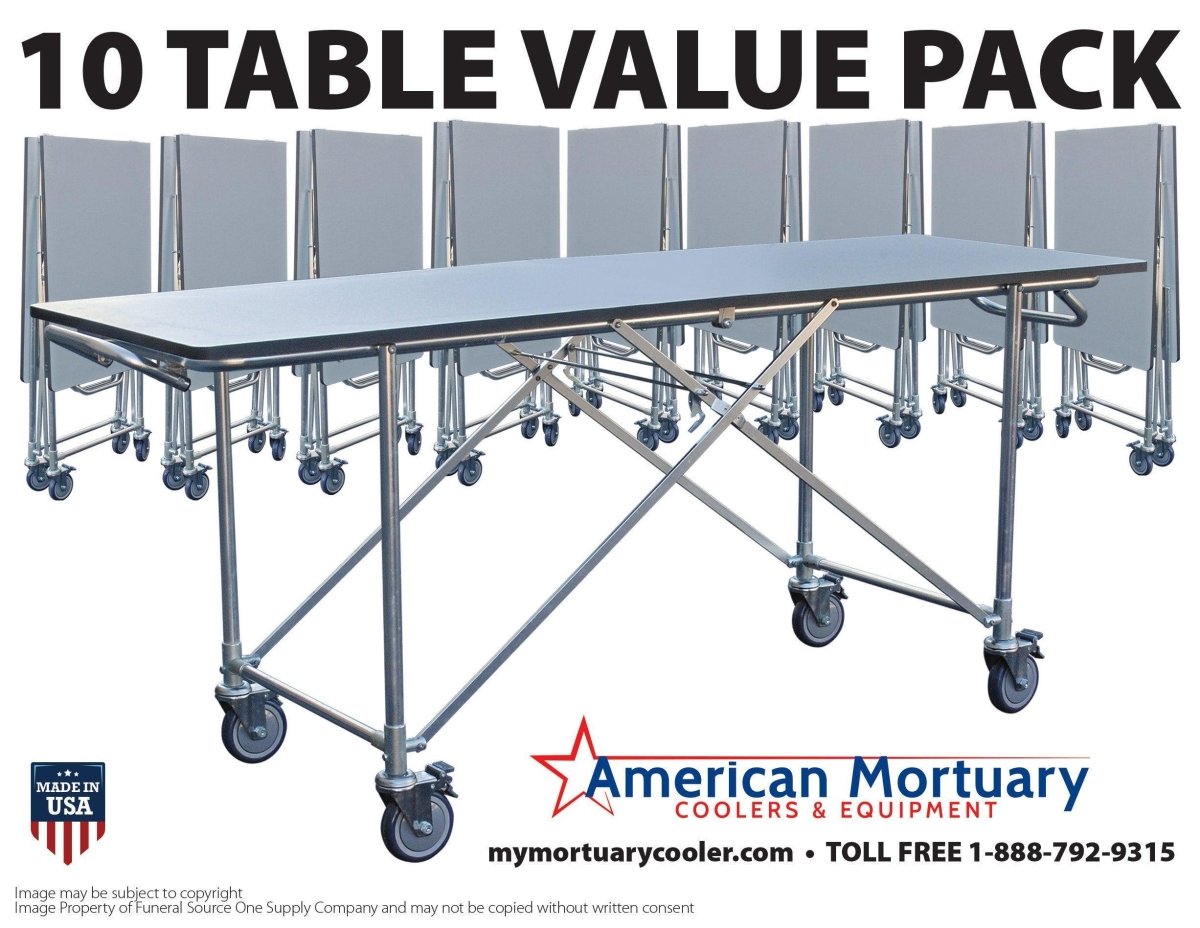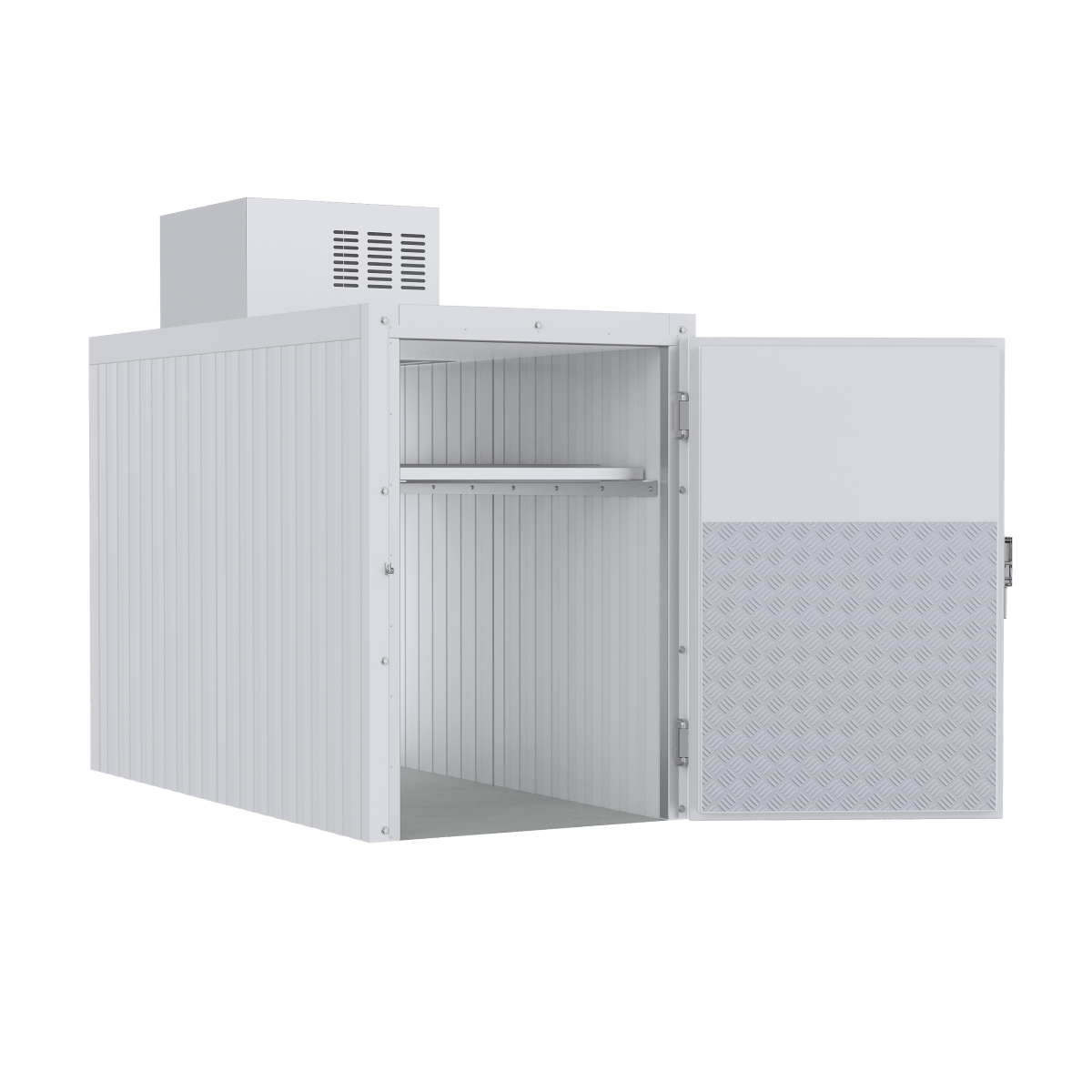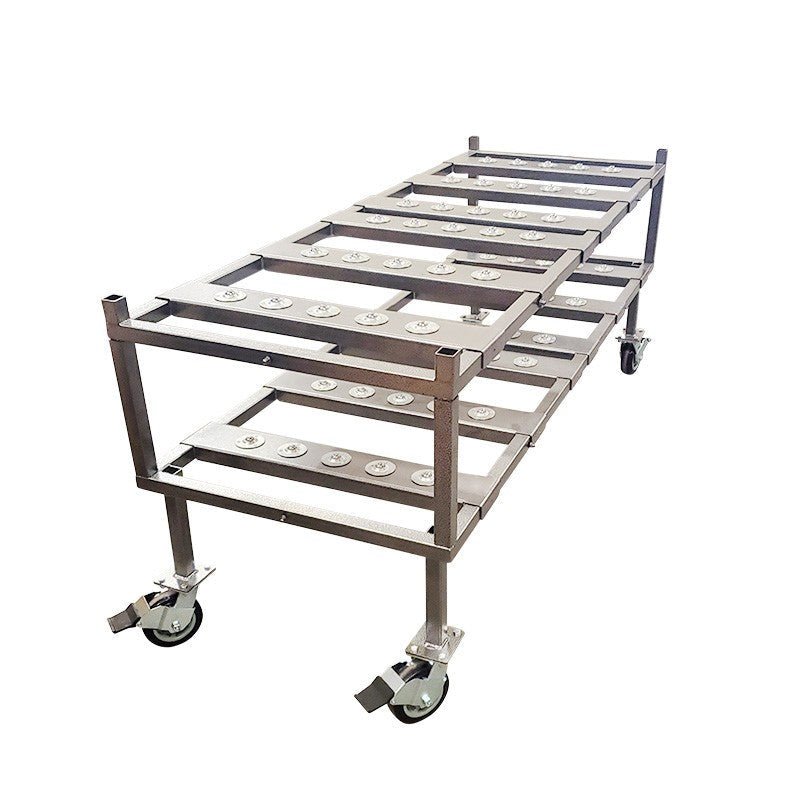The Fascinating World of Antique Embalming Tables
Looking for antique embalming tables for sale in 2025? Here's what you need to know:
- Price Range: Typically between $1,200 to $7,500 depending on age, condition, and rarity
- Common Types: Victorian portable tables, cooling tables, cast iron enamel tables, Royal Doulton autopsy tables
- Where to Find Them: Specialized antique dealers, online marketplaces, digital auctions, virtual estate sales
- Authenticity Markers: Hand-cut dovetails, uneven joinery, maker's marks, period-appropriate materials
Antique embalming tables for sale represent a fascinating intersection of medical history, craftsmanship, and decorative art. These unique pieces, dating primarily from the Victorian era through the early 20th century, were originally designed for practical use in the evolving field of mortuary science. Today, they're sought after by collectors, historians, and interior designers looking for conversation pieces with historical significance. From portable wooden tables used during post-Civil War home embalming services to elaborate Royal Doulton ceramic autopsy tables with built-in drainage systems, these artifacts tell the story of how funeral practices evolved over time.
I'm Mortuary Cooler, a national-level mortuary cooler supplier with extensive experience evaluating and sourcing antique embalming tables for sale for clients seeking to blend historical pieces with modern mortuary equipment. My work connecting funeral directors with authentic period pieces has given me unique insights into what makes these antiques both functionally interesting and aesthetically valuable.
Related content about antique embalming table for sale:
The History of Antique Embalming Tables
The fascinating journey of embalming tables begins during the Victorian era, a time when society's relationship with death was undergoing profound changes. While the practice of preserving bodies dates back to ancient Egypt, the embalming tables we find for sale today have their roots in a much more recent and uniquely American tragedy.
The Civil War (1861-1865) forever changed how Americans dealt with death. With battlefields far from home and families desperate to see their loved ones one last time, a new need emerged. Enter Dr. Thomas Holmes, often warmly remembered as the "father of modern embalming," who personally embalmed over 4,000 fallen soldiers during this devastating conflict. This wartime necessity didn't just advance techniques – it revolutionized the equipment used in the process.
In the decades following the war, a significant cultural shift occurred. Death care, once handled by family members in the home, gradually became the domain of professionals. Early undertakers were truly mobile professionals, bringing their expertise and equipment directly to the bereaved family's home.
"Undertakers would come to the home of the deceased to perform embalming and viewing," notes one historical account. This intimate, in-home service created the need for practical, portable equipment – which is why many antique embalming tables for sale from this period feature clever folding designs and lightweight construction.
The 1880s saw companies like the Gleason Board Company in Rochester, New York, begin manufacturing specialized portable embalming tables. These weren't merely functional pieces – they represented real scientific advancement, incorporating features like drainage systems, height adjustments, and surfaces that could be thoroughly cleaned between uses.
As the 19th century gave way to the 20th, another shift occurred. Funeral services gradually moved from private homes to dedicated funeral parlors. This transition sparked further evolution in embalming table design. Tables became more substantial, more specialized, and began incorporating materials that addressed growing concerns about sanitation – porcelain, enamel-coated metal, and eventually stainless steel.
Each antique embalming table for sale in today's market is more than just a curious piece of furniture – it's a physical connection to our changing relationship with death, a testament to advances in medical science, and evidence of how the funeral profession evolved over time. These tables silently witnessed some of life's most intimate moments during periods of profound grief, making them not just antiques, but bearers of deeply human stories.
When you examine an antique embalming table, you're looking at an object that represents both technical innovation and cultural change – a unique intersection that makes these pieces so fascinating to collectors and historians alike.
Materials and Craftsmanship of Antique Embalming Tables
The materials and craftsmanship of antique embalming tables for sale tell a fascinating story about the evolution of funeral practices. These weren't just functional pieces—they represented the growing professionalization of the funeral industry and often showcased remarkable artistry and attention to detail.
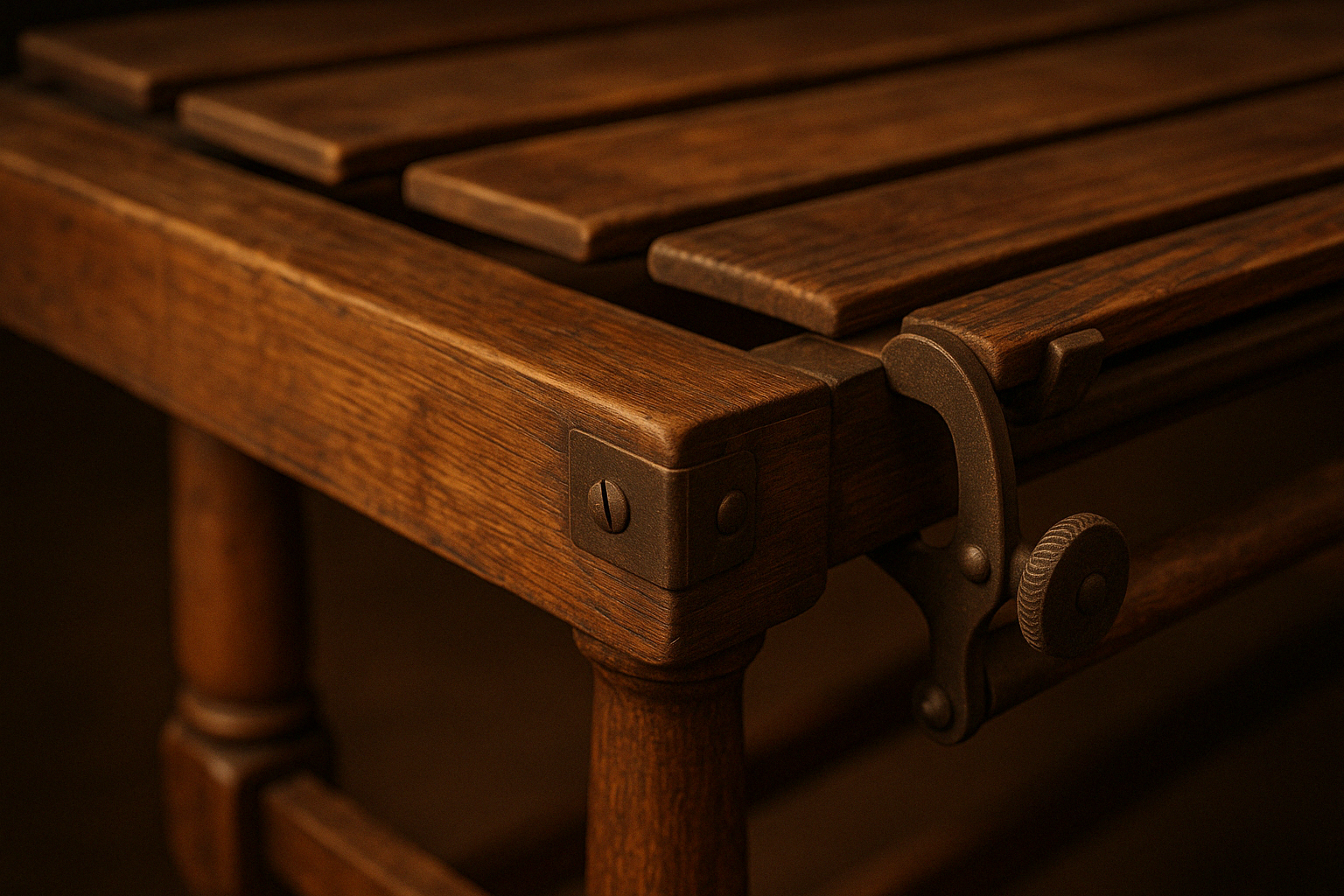
Wood Construction (1860s-1890s)
Early Victorian embalming tables primarily featured hardwood construction, with walnut being the wood of choice for many craftsmen. If you've ever run your hand across the smooth surface of a well-preserved wooden embalming table from this era, you can feel the care that went into its creation.
The Gleason Board Company's portable embalming table from around 1880 is a perfect example of this craftsmanship. These tables featured laminated wood construction that balanced durability with the need for portability. Many had copper sheeting covering the table surface—a practical touch that contained fluids and made cleaning easier after embalming procedures.
What's particularly impressive about these early wooden tables is their weight—or lack thereof. Most weighed under 30 pounds, with one Victorian portable mortician's table we examined tipping the scales at just under 29 pounds. This lightweight design was no accident. Undertakers of this period often traveled to family homes to perform their services, so portability wasn't just convenient—it was essential.
Cast Iron and Enamel (1890s-1930s)
As funeral practices moved from homes to dedicated funeral parlors in the early 20th century, embalming tables evolved to meet new needs. Cast iron frames became popular, offering incredible durability that could withstand decades of use. These sturdy bases were typically covered with white enamel coating that provided a clean, washable surface—important for maintaining sanitary conditions.
The adjustable features on these tables also became more sophisticated. Many antique embalming tables for sale from this period feature clever mechanical systems for raising, lowering, or tilting the table to make the embalmer's work easier. These innovations reflect a growing emphasis on efficiency and professionalism in the funeral industry.
The aesthetic of these tables shifted toward a more clinical look, with clean lines and functional design taking precedence over decorative elements. This change mirrored the increasingly scientific approach to embalming that developed during this period.
Ceramic and Porcelain (1900s-1930s)
Perhaps the most distinctive and sought-after antique embalming tables for sale today are those manufactured by prestigious ceramics companies like Royal Doulton. These tables represent the pinnacle of embalming table design and craftsmanship.
The Royal Doulton Post Mortem Table, circa 1925, features magnificent ceramic construction with glazed surfaces that have withstood the test of time. These tables typically included recessed grooves and drainage holes designed to channel body fluids—a practical feature that was executed with surprising elegance.
What makes these ceramic tables particularly interesting is their modular design. Many were created in three separate pieces that could be disassembled for transportation and then put back together at their destination. This clever engineering solution addressed the challenges of moving such delicate yet heavy items.
A dealer's note on one Royal Doulton table mentioned it was "designed specifically for post-mortem examinations," highlighting how these pieces balanced functionality with impressive craftsmanship. The ceramic construction provided an impermeable, easily cleanable surface ideal for embalming work.
The handcrafted details on these tables—from precisely formed drainage channels to carefully glazed surfaces—reflect the pride that both manufacturers and funeral professionals took in their work. In an era when the funeral industry was establishing itself as a respected profession, having high-quality equipment was a mark of distinction.
Today, these different materials help collectors and enthusiasts identify the period and authenticity of antique embalming tables for sale, with each type offering a window into a particular moment in the development of modern funeral practices.
Identifying Authentic Antique Embalming Tables
The growing fascination with antique embalming tables for sale has unfortunately led to a market where reproductions sometimes masquerade as authentic period pieces. Learning to spot genuine antiques requires a keen eye and attention to specific details that can't be easily faked.
Joinery and Construction Techniques
When I first started examining antique embalming tables, I was amazed by the telltale signs of hand craftsmanship. Authentic pieces reveal construction methods that modern machinery simply can't replicate convincingly.
Hand-cut joinery is perhaps the most revealing feature. Unlike the perfectly uniform dovetails produced by today's machines, genuine antique tables display charming imperfections. As one restoration expert once told me, "If a piece of furniture is dovetailed by hand, it only has a couple of dovetails, which are uneven." This unevenness isn't a flaw—it's actually your best evidence of authenticity.
Look closely at the corners and where components meet. Authentic tables typically feature mortise-and-tenon construction, where one piece is inserted into a precisely cut hole in another. This joinery method creates incredibly sturdy furniture and was standard practice before modern fasteners became common.
The presence of wooden pegs rather than screws or nails is another good indicator. Many craftsmen of the Victorian era relied on these traditional fastening methods, creating pieces that have remarkably stood the test of time.
Materials Analysis
The materials themselves often tell their own story about an embalming table's authenticity.
Oak, mahogany, and walnut were the preferred woods for Victorian and early 20th-century furniture makers. Each develops a distinctive patina over decades that's nearly impossible to fake convincingly. Run your hand across the surface—authentic wood develops a smoothness and character that comes only with age and use.
For metal components, examine them carefully for appropriate aging. Cast iron elements should display a consistent patina developed over many years. Modern welds or contemporary metals are immediate red flags that you might be looking at a reproduction.
On enamel-covered tables, authentic early enamel typically shows fine crazing—those delicate crack patterns that develop in the surface over time. This natural aging process creates a distinctive appearance that's difficult to replicate artificially.
Maker's Marks and Provenance
The most definitive evidence often hides in plain sight. Flip the table over or examine its underside carefully. As one authentication expert explains, "Look under the table and on the legs for a maker's mark. It may be carved, branded or stamped onto the surface or appear on a paper or metal label."
Companies like the Gleason Board Company or Royal Doulton typically marked their products, though these marks are sometimes faint after years of cleaning and use. Finding a legitimate maker's mark is like striking gold in the authentication process.
Documentation of provenance, while rare, provides the most conclusive authentication. Sales receipts, inventory records from funeral homes, or photographs showing the table in historical use are invaluable verification tools.
Here's a simple authentication checklist to remember:
- Look for hand-cut joinery with charming imperfections
- Check for period-appropriate woods and materials
- Examine for maker's marks on underside surfaces
- Verify specialized embalming features like drainage systems
- Assess patina and wear patterns for consistency
- Consider professional appraisal when in doubt
As one antique dealer wisely advised, "To determine whether a side table is an antique, closely examine its details. Older pieces will typically have telltale features like wood pegs, hand-cut dovetails with some slight imperfections and mortise-and-tenon construction."
When uncertainty remains, working with a certified appraiser is your best path forward. They bring trained eyes and specialized knowledge that can definitively authenticate your find.
Portable Antique Embalming Tables for Sale
Among the most fascinating antique embalming tables for sale today are the ingenious portable models that showcase Victorian-era innovation and practicality.
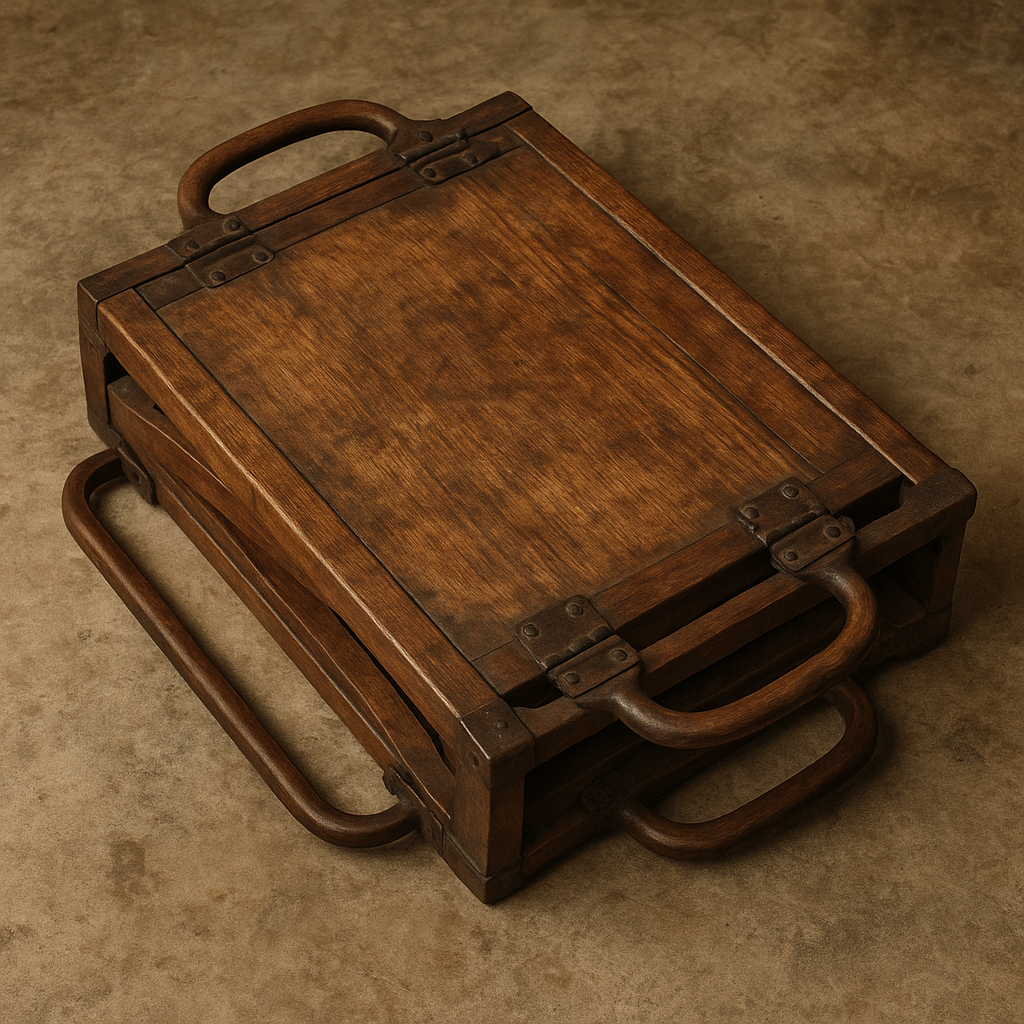
These portable tables emerged during a significant transition in American funeral practices. Following the Civil War, embalming moved from battlefield necessity to household service, with undertakers traveling directly to homes where loved ones had passed. This created a need for equipment that was both dignified and practical.
I'm always impressed by how these tables balanced portability with function. The Victorian Era Portable Mortician's Embalming Table from around 1880 weighed less than 29 pounds—light enough for one person to carry—yet unfolded to a full 75 inches in length, accommodating even taller individuals. When folded, it measured just 38 inches long, 19 inches wide, and 4½ inches thick, making it easy to transport between households.
The engineering behind these tables was remarkably thoughtful. Many featured copper-lined surfaces that created waterproof work areas, crucial for the embalming process. Folding mechanisms were designed to be sturdy when deployed yet compact when stored. Some even included carrying handles or leather straps for easier transport between locations.
As one historian noted, "The portable embalming table became popular post-Civil War as undertakers began providing in-home services." This represented not just a practical innovation but a cultural shift in how Americans approached death and remembrance.
For today's collectors and history enthusiasts, these portable tables are particularly valuable because they capture this transitional moment in funeral practices. They represent the period when embalming evolved from a primarily military application to a standard civilian service—a fascinating chapter in American cultural history preserved in these thoughtfully designed pieces.
Types of Antique Embalming Tables for Sale
The world of antique embalming tables for sale is surprisingly diverse, with each type telling a unique story about how funeral practices evolved over time. Whether you're a serious collector or simply curious about these historical pieces, understanding the different varieties helps you appreciate their significance and value.
Portable Victorian Embalming Tables
The portable tables from the Victorian era represent a fascinating chapter in funeral history. Following the Civil War, undertakers began traveling to family homes to prepare the deceased, and these ingenious folding tables made that possible.
Crafted primarily from hardwoods like walnut, these tables typically featured copper or zinc linings to contain fluids during the embalming process. What makes them particularly remarkable is their clever design – most could fold down to a compact size for transport, then expand to full length when needed.
The Victorian Era Portable Mortician's Embalming Table from around 1880 showcases this beautiful balance of form and function. These portable pieces typically fetch between $800-$2,500 in today's market, depending on their condition and provenance. When you look at these tables, you're seeing the physical evidence of how funeral services transformed from simple coffin-making to a specialized profession.
Cast Iron Enamel Embalming Tables
As funeral practices moved from homes to dedicated funeral parlors in the early 20th century, embalming tables became more substantial and permanent. Cast iron tables with white enamel coating emerged as the standard, offering durability and easy cleaning – crucial considerations for the growing emphasis on sanitation.
These tables often featured built-in drainage systems and adjustable height mechanisms that allowed morticians to work more efficiently. The early 20th Century enamel-covered cast metal embalming table exemplifies this industrial-yet-neat approach to mortuary equipment. These substantial pieces typically command $1,500-$4,500 in today's market, reflecting both their historical significance and their imposing presence.
Royal Doulton and Ceramic Autopsy Tables
Perhaps the most visually striking of all antique embalming tables for sale are those crafted from ceramic by renowned companies like Royal Doulton. These tables represent the pinnacle of functional design in mortuary equipment.
With their gleaming glazed surfaces and sophisticated drainage systems featuring recessed grooves, these tables were specifically designed for post-mortem examinations. Many came in three separate pieces for easier transportation – practicality merged with superb craftsmanship. The Royal Doulton Post Mortem Table from around 1925 exemplifies this category, with prices starting around £650 (approximately $850) and climbing significantly for well-preserved examples.
Cooling Antique Embalming Tables for Sale
Before modern refrigeration, morticians faced the practical challenge of preserving bodies until funeral services could be arranged. Cooling tables offered an ingenious solution to this problem.
These specialized tables featured compartments where ice could be placed to slow decomposition. Typically constructed with wooden frames and metal or slate tops, cooling tables served dual purposes – preserving the deceased and sometimes doubling as display platforms during viewings when caskets weren't yet available.
The Vintage Mortician's Cooling Table, which we've seen listed for as much as $5,999.99, showcases the premium value placed on these rare pieces. Many featured portable designs with folding mechanisms and handles, allowing morticians to bring cooling capabilities to house calls – truly remarkable innovation for their time.
Each type of embalming table represents a different chapter in how we've cared for our deceased loved ones. From portable wooden tables that traveled to Victorian homes to elaborate ceramic surfaces designed for medical precision, these artifacts document not just the evolution of mortuary science but changing cultural attitudes toward death itself.
At American Mortuary Coolers, we appreciate these historical pieces even as we design modern equipment that continues this legacy of innovation in the funeral industry.
Where to Find Antique Embalming Tables for Sale
Finding authentic antique embalming tables for sale requires knowing where to look. These specialized items aren't typically found in mainstream antique shops, but several reliable sources exist for serious collectors and enthusiasts.
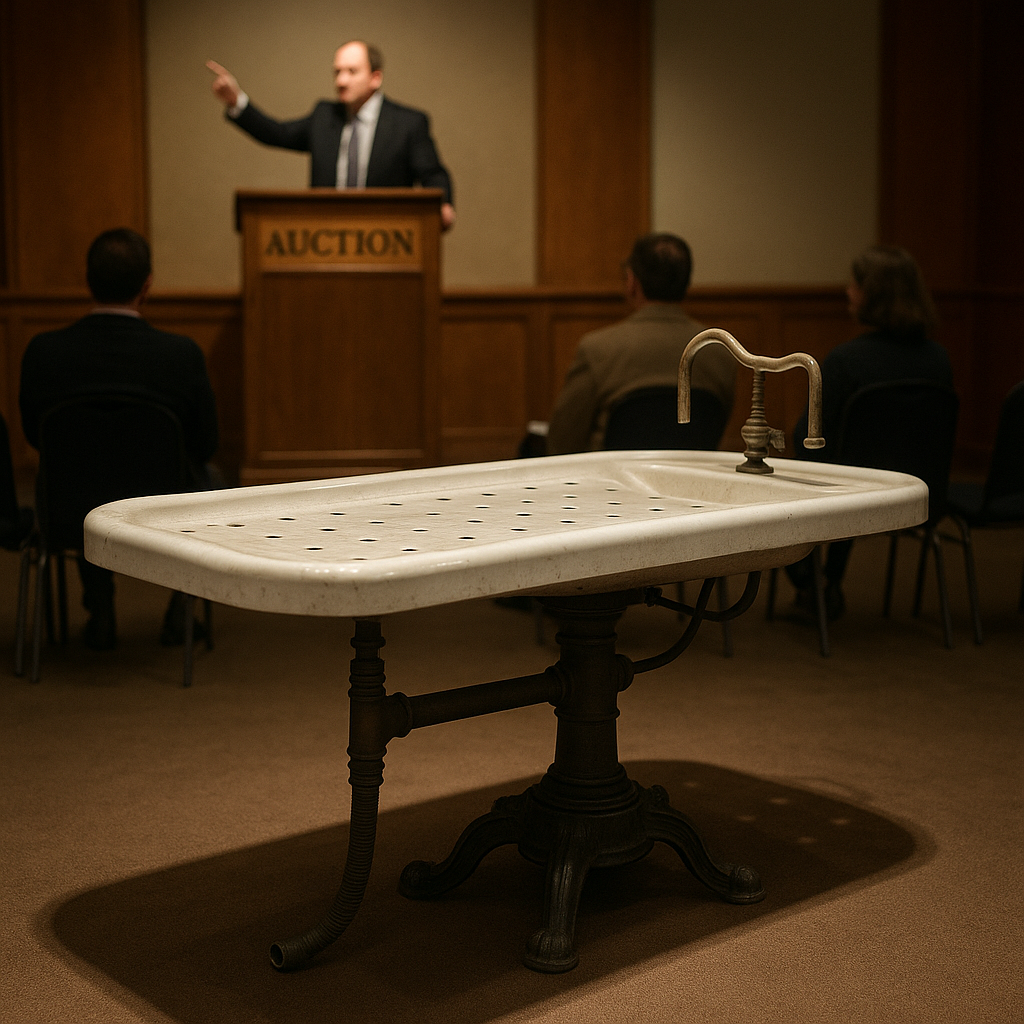
Specialized Antique Dealers
I've found that dealers who focus on medical, scientific, or funeral antiques often have the most knowledge about these unique pieces. Medical antique specialists frequently include embalming tables in their inventory, while dealers specializing in Victorian-era furniture might occasionally have these tables tucked away among their collections.
In my experience working with clients across the country, funeral industry memorabilia dealers are excellent sources for authentic pieces. These specialized dealers typically understand the historical context and can provide provenance information that adds significant value to your purchase. They're also much more likely to properly identify and authenticate the pieces they sell, saving you from potential disappointment down the road.
Online Marketplaces and Auction Sites
The digital age has made finding antique embalming tables for sale much easier than in decades past. eBay and Etsy occasionally list authentic antique embalming tables, though quality and authenticity can vary widely. Online auction houses like LiveAuctioneers and Invaluable regularly feature these items, often with better documentation. Specialized online dealers such as the Antique Weapon Store frequently showcase mortician's tables among their offerings.
When purchasing online, I always advise our clients to carefully review all available photos and ask for additional images of joinery and maker's marks. Request detailed condition reports too – what looks pristine in carefully staged photos might tell a different story up close. Be particularly cautious about shipping arrangements, as these tables can be heavy, fragile, and expensive to transport safely.
Estate Sales and Auctions
Some of the most remarkable finds come from physical auctions and estate sales. Estate sales of former funeral directors or morticians can be goldmines for authentic pieces with documented histories. Medical school or hospital liquidation auctions occasionally include older embalming tables that were kept for educational purposes. Even general estate auctions in areas with historical funeral homes can yield unexpected treasures.
At American Mortuary Coolers, we've helped numerous clients who finded antique tables at estate sales authenticate their purchases and integrate them with modern mortuary equipment. The major advantage of physical auctions is the ability to inspect the piece in person before bidding – running your hands along the wood, checking the stability, and examining the patina up close tells you far more than online photos ever could.
Industry Connections
The funeral industry itself can be a valuable resource that many collectors overlook. Funeral supply companies occasionally acquire antique pieces during trade-ins when funeral homes upgrade their equipment. Industry trade shows sometimes feature vendors selling historical equipment alongside modern offerings. Funeral director associations may know of members looking to sell historical pieces they've acquired over years in the profession.
Our network across regions including the Southeast, Southwest, Northeast, and Midwest has helped us connect collectors with funeral professionals looking to sell historical pieces they've preserved. These industry connections often lead to finds that never make it to public marketplaces.
Preservation Societies and Museums
Occasionally, preservation societies and museums deaccession items that don't fit their core collections. Historical societies focused on medical or funeral history, small local museums that are downsizing collections, and university medical history departments all occasionally sell authentic embalming tables to fund other acquisitions or operations.
These sources often provide excellent documentation and provenance information with their sales, though prices may be higher to reflect the authenticated status of the items. The premium is usually worth it for serious collectors seeking pieces with verified histories.
When searching for antique embalming tables for sale, patience truly is essential. These are relatively rare items, and finding an authentic piece in good condition might take months or even years. At American Mortuary Coolers, we recommend setting up alerts on auction sites and developing relationships with specialized dealers who can notify you when desirable pieces become available.
For more detailed guidance on evaluating potential purchases, our Antique Embalming Tables: A Collector's Buying Guide provides in-depth information to help you make informed decisions when these unique historical artifacts become available.
Pricing and Factors That Influence Value
The market for antique embalming tables for sale offers something for nearly every budget and interest level in 2025. Prices can range dramatically from under $1,200 to well over $7,500, depending on several key factors that savvy collectors should understand before making a purchase.
Price Range Comparison
| Type of Embalming Table | Era | Price Range (2025) | Notable Features |
|---|---|---|---|
| Victorian Portable Tables | 1865-1900 | $1,200-$3,200 | Folding design, wood construction, copper lining |
| Cast Iron Enamel Tables | 1890-1930 | $2,000-$5,500 | Durable construction, adjustable height, drainage systems |
| Royal Doulton Ceramic Tables | 1900-1940 | $1,500-$4,000 | Ceramic construction, sophisticated drainage, sectional design |
| Cooling Tables | 1880-1930 | $4,000-$7,500 | Ice compartments, preservation features, display functionality |
I've been tracking specific examples in the market that confirm these price ranges. For instance, a beautiful Victorian Era Portable Mortician's Embalming Table from around 1880 recently sold for $1,295 in early 2025, while a Royal Doulton Post Mortem Table from approximately 1925 went for £1,200 (about $1,550). At the higher end, a remarkable Vintage Mortician's Cooling Table commanded $7,499.99 – showcasing just how much variation exists in this specialized market.
Key Value Factors
Age and Historical Period
Age matters significantly when valuing these unique pieces. Pre-1900 tables generally fetch higher prices, especially those with documented connections to important historical events. I recently helped a client authenticate a table with Civil War-era provenance that commanded nearly double the typical price for its category due to its historical significance.
Condition and Originality
Just like with any antique, condition dramatically impacts what buyers are willing to pay. Tables with their original components and minimal restoration work typically bring the highest prices. While period-appropriate repairs won't necessarily tank a table's value, heavily restored or significantly altered pieces typically sell for substantially less than their unmodified counterparts.
What's interesting about antique embalming tables for sale is that signs of authentic use actually improve their appeal. Unlike many antiques where pristine condition is paramount, these tables benefit from what collectors call the "patina of age" – the subtle marks and wear that verify their authenticity and tell their story.
Rarity and Uniqueness
Some embalming tables are simply harder to find than others. Tables bearing documented maker's marks from known manufacturers like the Gleason Board Company command premium prices. Similarly, tables with unusual features or innovations – like early adjustable height mechanisms or specialized drainage systems – often sell quickly and at higher price points.
The Royal Doulton ceramic tables represent an excellent example of how rarity drives value. These tables were produced in relatively small numbers by a prestigious manufacturer, making them particularly desirable to serious collectors.
Provenance and Documentation
Nothing adds value to an antique embalming table for sale quite like solid documentation of its history. In my work connecting buyers with historical pieces at American Mortuary Coolers, I've consistently seen prices increase by 30-40% when tables come with verifiable provenance – whether that's original sales receipts, catalog listings, or photographs showing the table in historical use.
A client in the Midwest recently purchased a table with documented use in a prominent 19th-century funeral home, complete with period photographs showing the table in service. This documentation alone justified a significant premium over comparable tables without such historical context.
Completeness and Functionality
Original components matter tremendously in this market. Tables with all their original hardware, functional mechanisms (like folding systems or height adjustments), and original surface treatments simply bring more at auction. Special features like intact drainage systems, original copper linings, or rare accessories can significantly impact pricing.
When helping clients evaluate potential purchases, I always recommend considering all these factors rather than focusing solely on age or appearance. Sometimes a slightly newer table in excellent condition with solid documentation represents better value than an older example with significant condition issues or questionable authenticity.
The market for these specialized antiques continues to grow steadily in 2025. For serious collectors, quality pieces represent not just fascinating historical artifacts but potentially sound investments that have shown consistent appreciation over time – particularly for exceptional examples with strong documentation and provenance.
Notable Examples of Antique Embalming Tables
The market for antique embalming tables for sale includes several noteworthy examples that showcase the evolution of design, materials, and functionality across different eras. These exemplary pieces help collectors understand what makes certain tables particularly valuable or historically significant.
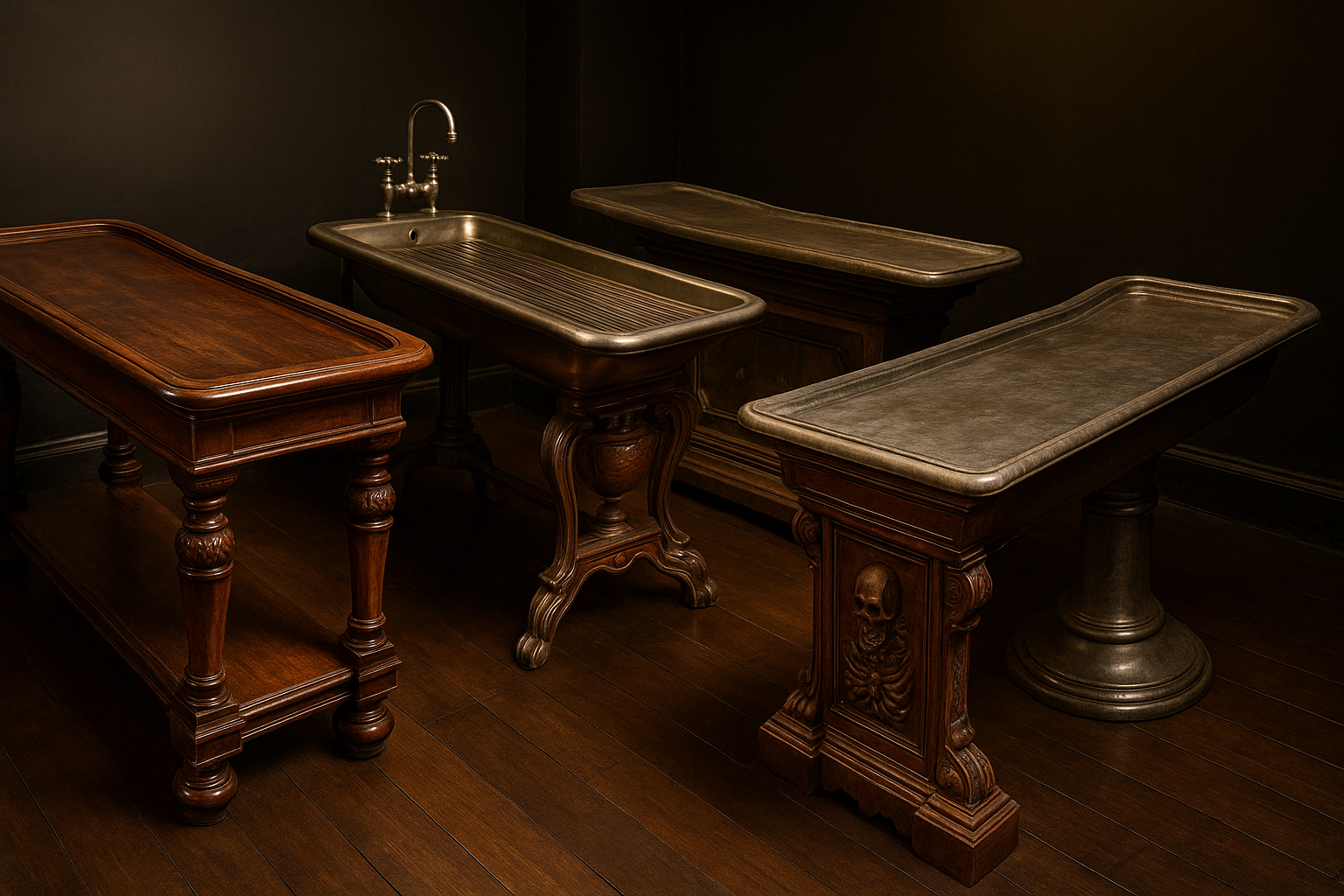
Victorian Era Portable Mortician's Embalming Table (ca. 1880)
Step back in time with this remarkable survivor from the post-Civil War era. At $895, this ingenious piece manufactured by the Gleason Board Company in Rochester, New York, tells the story of a transformative period in American funeral practices.
Crafted from rich walnut with protective copper sheeting covering the table surface, this portable marvel weighs less than 29 pounds—a crucial feature for undertakers traveling to family homes. When folded, it measures just 38" × 19" × 4½", making it easy to transport to residential settings where most embalming took place during this period.
What makes this table truly special is its versatility. The clever design allows configuration either flat or with a raised upper portion, adapting to different embalming needs. As families began seeking professional funeral services after the Civil War, undertakers needed equipment that was both functional and discreet—this table answered that call perfectly, balancing practicality with respectful presentation.
Royal Doulton Post Mortem Table (ca. 1925)
For collectors seeking something truly distinctive, the Royal Doulton Post Mortem Table represents the more clinical approach to mortuary science that developed in the early 20th century. Starting at approximately $850 (£650), these ceramic masterpieces showcase the craftsmanship of one of Britain's most renowned ceramics companies.
The sophisticated design features recessed grooves and a carefully engineered drainage hole specifically designed for post-mortem examinations. Standing 77¼ inches long, 30 inches wide, and 30¼ inches tall, this table demonstrates how specialized ceramics manufacturers applied their expertise to medical and mortuary equipment.
Perhaps most ingenious is the three-piece disassemblable design, showing thoughtful consideration for transportation challenges in an era before modular medical equipment. Even with some noted damage on one leg in the example we've researched, these tables maintain their structural integrity—a testament to Royal Doulton's exceptional quality standards and the durability of these ceramic pieces.
Early 20th Century Enamel-Covered Cast Metal Embalming Table
As funeral practices increasingly moved from homes to dedicated funeral parlors, embalming equipment evolved to reflect this shift. This industrial-style table represents the modernization of mortuary science in the early 20th century.
Constructed of robust cast metal with a hygienic enamel coating, this substantial piece measures 75.5" width × 25.5" depth × 34" height with a compact 21" × 21" base footprint. The adjustable settings demonstrate how manufacturers began addressing ergonomic considerations for funeral professionals who spent long hours at their craft.
The durable construction and easy-to-clean surfaces reflect growing concerns about sanitation standards in funeral homes. At American Mortuary Coolers, we've seen how this industrial aesthetic has actually come back into fashion with some contemporary funeral directors who appreciate the vintage clinical look alongside modern equipment.
Vintage Mortician's Cooling Table
Among the most fascinating and valuable pieces in the antique embalming table for sale market is the Vintage Mortician's Cooling Table, commanding a premium price of $5,999.99. This specialized table addressed the practical challenges of preservation in an era before reliable refrigeration.
Ingeniously designed to use ice for slowing decomposition, this multi-functional piece served both practical and ceremonial purposes. Its portable, folding design with convenient carrying handle made it suitable for morticians making house calls, while its presentation-quality construction allowed it to serve as a display platform during home viewings when caskets weren't yet available.
The cooling table represents the height of innovation in pre-modern preservation techniques. These tables were essential tools during warm weather or when funeral services needed to be delayed, providing dignified temporary storage while maintaining the deceased's appearance for viewing.
Each of these notable examples demonstrates how antique embalming tables for sale represent more than just furniture—they're historical artifacts that tell the story of how Americans have cared for their dead across different eras. From portable Victorian innovations to clinical ceramic designs, these pieces capture the evolution of both mortuary science and cultural attitudes toward death and remembrance.
At American Mortuary Coolers, we've helped many funeral directors integrate these historical pieces into modern facilities, creating meaningful connections between traditional practices and contemporary services.
Maintenance and Preservation of Antique Embalming Tables
Owning a piece of history comes with responsibility. If you've invested in an antique embalming table for sale, proper care ensures it remains both a conversation piece and a valuable asset for years to come. At American Mortuary Coolers, we've helped countless collectors preserve these unique artifacts, and we've learned that thoughtful maintenance makes all the difference.
Cleaning and Regular Maintenance
Your antique table's materials determine how you should care for it. Those beautiful wooden Victorian-era tables need gentle handling with soft, lint-free cloths for regular dusting. When deeper cleaning is necessary, a mild solution of Murphy Oil Soap and water works wonders without damaging the patina that took decades to develop. I always advise collectors to avoid modern furniture polishes containing silicone—they might look good initially, but they build up over time and can actually damage the wood. Instead, applying a high-quality paste wax once or twice yearly provides protection while honoring the table's history.
Cast iron and enamel tables present different challenges. While they're incredibly durable (which is why they've survived a century or more), they're vulnerable to moisture. Clean them with mild soap and water, and address any rust spots immediately with fine steel wool before they spread. The enamel coating on these tables can chip if bumped, so careful handling is essential. For significant enamel damage, professional restoration is worth considering rather than DIY approaches that might diminish the table's value.
Ceramic and porcelain tables, like those magnificent Royal Doulton pieces, require the gentlest touch of all. Dust with soft cloths only, and when necessary, clean with extremely diluted, mild dish soap. The glazed surfaces that make these tables so distinctive can be permanently damaged by abrasive cleaners, so resist the urge to scrub, even on stubborn spots. Those hairline cracks that often appear in ceramic need prompt attention—they tend to spread if left untreated.
Environmental Considerations
Where you place your antique embalming table for sale matters almost as much as how you clean it. I've seen beautiful antiques ruined by well-meaning owners who placed them in problematic environments. Maintaining consistent humidity between 40-60% prevents wood from cracking and metal from corroding—consider a humidifier or dehumidifier if your space fluctuates significantly.
Direct sunlight is the silent destroyer of antiques. Even a few hours of sun exposure daily can fade wood and damage finishes over time. Position your table away from windows or use UV-filtering window treatments. Similarly, keep these historical pieces away from heating vents and radiators, as the direct heat can dry out wood and cause warping.
For additional protection, we often recommend museum-quality wax or appropriate sealants to shield original finishes from environmental damage. These products create a barrier against moisture and pollutants without altering the table's appearance.
Restoration Best Practices
Sometimes, despite our best efforts, restoration becomes necessary. As one expert noted on May 5, 2023:
"To preserve an antique table, closely examine its details. Older pieces will typically have telltale features like wood pegs, hand-cut dovetails with some slight imperfections and mortise-and-tenon construction."
Understanding these details helps guide appropriate restoration. Before beginning any work, document your table's condition with detailed photographs—this creates a valuable record and helps identify what truly needs addressing. Always use period-appropriate materials and techniques that honor the table's era and construction methods.
For significant issues, consulting with a professional conservator is money well spent. Their expertise can mean the difference between preservation and inadvertently damaging a valuable antique. The goal isn't making the piece look "new"—it's stabilizing and preserving its historical integrity. Original hardware should be retained whenever possible, even if tarnished or slightly damaged, as replacements significantly diminish authenticity and value.
Practical Maintenance Tips
Developing a regular maintenance routine helps catch small issues before they become major problems. We recommend quarterly inspections where you check for new damage, loose joints, or developing issues. Gently test all moving parts on folding tables or adjustable mechanisms, and examine wooden tables for any signs of pest activity.
For tables that still retain traces of their original function, like drainage systems or adjustable height mechanisms, pay special attention to these features. They often represent the most historically significant aspects of the piece but may also be most vulnerable to deterioration.
When displaying your antique embalming table for sale in your home or collection, consider using museum-quality barriers or coverings that protect surfaces while still allowing appreciation of craftsmanship details. For tables used as functional furniture, custom-fitted glass tops can protect wooden surfaces while preserving visibility of the beautiful joinery and wood grain beneath.
At American Mortuary Coolers, we've found that many collectors underestimate the importance of consistent maintenance. Even stable-appearing tables can develop serious issues if environmental factors aren't addressed. Creating a regular maintenance schedule and keeping records of all work performed ensures you'll enjoy your piece of history for many years to come—and perhaps even pass it along to the next generation of appreciative collectors.
Legal and Ethical Considerations When Purchasing
The world of antique embalming tables for sale isn't just about finding beautiful historical pieces – it also involves navigating some important legal and ethical waters. As these unique items become increasingly sought-after by collectors and designers, understanding the rules of the road can save you headaches down the line.
Ownership Laws and Regulations
Good news for collectors – in most U.S. states, there aren't specific restrictions on owning antique embalming tables. These items typically fall under the broad categories of medical antiques or funeral memorabilia, and federal law doesn't specifically restrict their ownership.
That said, the landscape gets a bit more nuanced if you're planning to display your table in a commercial setting. In my years at American Mortuary Coolers, I've encountered situations where local regulations came into play for public displays, even when private ownership wasn't an issue. It's always worth checking with local authorities if you're planning to showcase your piece in a business setting.
I remember helping a client in the Northeast who wanted to feature an antique cooling table in his vintage shop – a quick call to the local business licensing department saved him potential compliance issues down the road.
Import and Export Considerations
For those of you eyeing that perfect antique embalming table for sale from overseas, there are some extra considerations. Antiques over 100 years old often require export permits from their country of origin, and the importing country might classify these items differently than expected.
While antique embalming tables typically don't fall under restrictions related to human remains, customs classifications can affect duties and taxes. One collector I worked with was surprised when his Royal Doulton table from England was classified as "medical equipment" rather than as an antique, significantly changing the import fees.
International buyers should be prepared to handle export/import fees, customs clearance, and related responsibilities. Working with shipping companies that specialize in antique medical equipment can make this process much smoother – they understand the unique challenges these pieces present.
Ethical Sourcing and Provenance
The growing popularity of antique embalming tables for sale has unfortunately created opportunities for questionable practices. When considering a purchase, I always recommend looking for items with clear ownership history and legitimate sources.
A reputable dealer should be able to tell you something about where the table came from – perhaps it was part of a funeral home liquidation, or came from an estate sale of a former mortician. Be wary of sellers who can't or won't provide any information about an item's history.
I've seen tables with suspicious provenance commanding high prices, only for buyers to later find they weren't what they claimed to be. The peace of mind that comes with proper documentation is well worth seeking out ethical sellers.
Display and Context Considerations
When you bring home your antique embalming table, how you display it matters. These pieces served a solemn purpose, and displaying them with appropriate context shows respect for their history.
Many thoughtful collectors create informational cards or digital resources explaining the historical significance of their tables. This approach balances appreciation for the craftsmanship with acknowledgment of the item's original purpose. One client created a beautiful QR code on a discreet stand next to his Victorian portable table, linking to historical information about post-Civil War embalming practices.
Being mindful of cultural sensitivities regarding death and funeral practices is also important. What seems like a fascinating conversation piece to you might be uncomfortable for others, so consider your audience when deciding how and where to display your piece.
Authenticity and Misrepresentation
The market for antique embalming tables for sale has seen an unfortunate rise in reproductions being passed off as authentic pieces. This isn't just ethically problematic – misrepresenting modern reproductions as authentic antiques can constitute fraud.
Sellers have legal obligations regarding accurate descriptions of condition and authenticity. As a buyer, protecting yourself means obtaining written statements of authenticity for significant purchases and working with dealers who have established reputations in the field.
At American Mortuary Coolers, we've helped clients authenticate potential purchases by comparing construction techniques and materials with period-appropriate examples. This extra diligence has saved many collectors from costly mistakes.
Privacy Considerations
Some antique embalming tables come with historical documentation that might mention specific individuals or families. Handling this information with discretion is both legally prudent and ethically sound.
If your table came with records from its original funeral home, consider anonymizing any public displays of this documentation. The families connected to these historical records deserve privacy, even generations later.
By approaching your purchase of an antique embalming table for sale with attention to these considerations, you can build a collection that respects history while staying on the right side of regulations. The stories these tables tell become even more meaningful when they're shared with appropriate respect for their unique place in funeral history.
Decorative Uses in Modern Settings
The market for antique embalming tables for sale has expanded far beyond history buffs and medical collectors. These distinctive pieces have found their way into the homes of interior designers, homeowners, and even commercial spaces where their unique character adds an unmistakable conversation starter to any room.
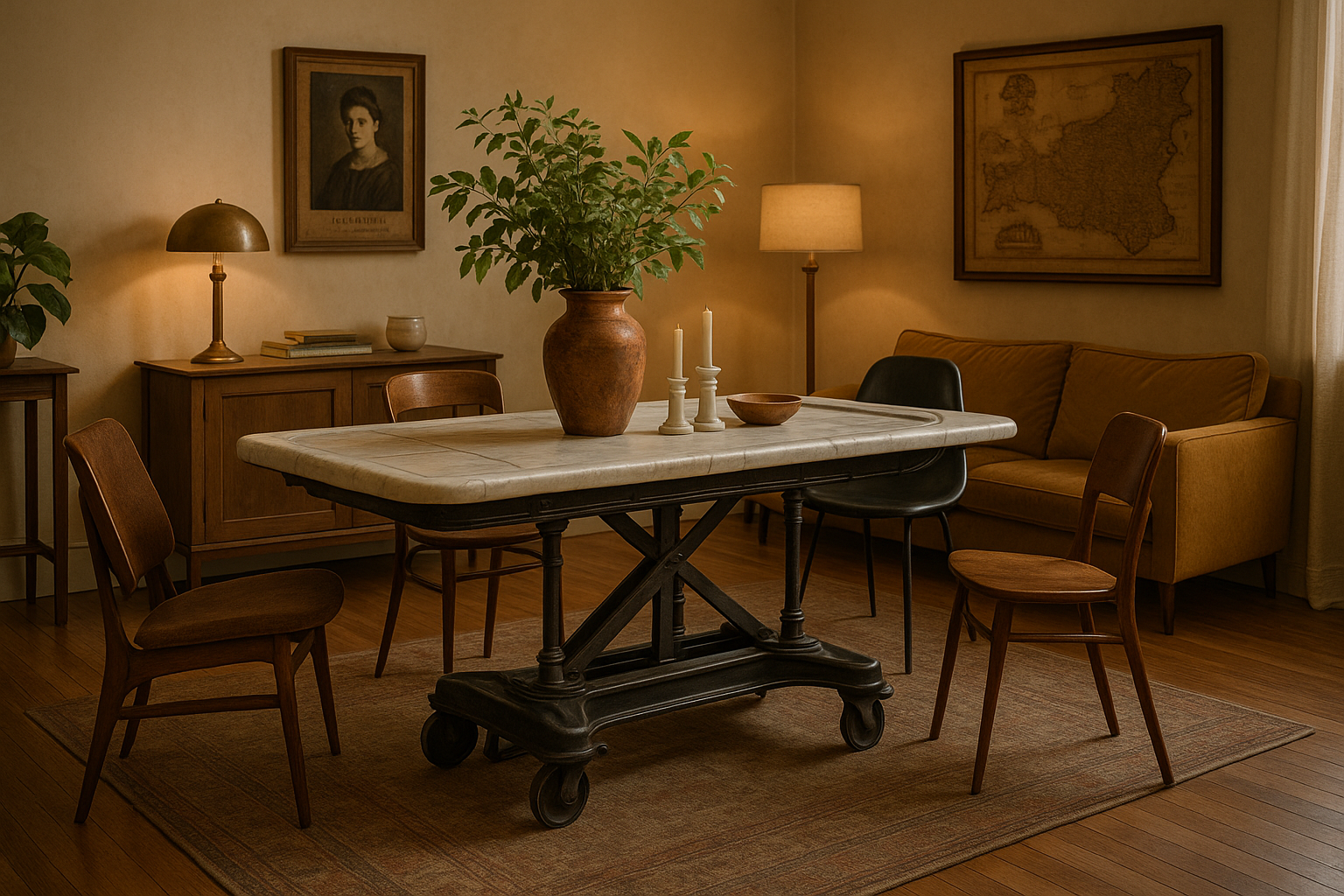
Conversation Pieces and Focal Points
Let's be honest - when you walk into a room with an antique embalming table as the centerpiece, you can't help but ask questions. That's exactly what makes these pieces so compelling in modern settings.
I've seen clients transform these historical artifacts into showstopping dining tables where guests inevitably lean in and whisper, "Is this really what I think it is?" The unusual proportions and distinctive features of these tables naturally draw the eye and spark curiosity. One customer told me their Royal Doulton table became the highlight of every dinner party they hosted - the stories it inspired were better than any centerpiece they could have purchased.
In commercial spaces like vintage-inspired restaurants or medical offices, these tables create an instant atmosphere of intrigue and history. They anchor a space with substance that mass-produced furniture simply cannot match.
Functional Repurposing
The irony isn't lost on me that tables designed for such a solemn purpose now serve in celebrations of life and creativity. Yet there's something poetic about giving these beautifully crafted pieces new purpose.
Kitchen islands are perhaps the most popular repurposing, especially for the cast iron enamel tables whose durable, easy-to-clean surfaces make them naturally suited to food preparation. The height is often perfect, and many of our clients appreciate the historical continuity of using a table that was designed for practical, careful work.
Artists' studios benefit from these tables as workbenches - the drainage systems originally designed for embalming fluids now cleverly hold paintbrushes or sculpting tools. I've seen photographers use the smooth surfaces of ceramic tables as shooting platforms, appreciating the neutral background and durability.
Display surfaces for collections make perfect sense - after all, these tables were designed to present something important with dignity. Whether showcasing rare books, geological specimens, or other collectibles, the substantial presence of an embalming table lifts the display.
Design Integration Approaches
Successfully incorporating an antique embalming table for sale into your home requires thoughtful consideration rather than simply plunking it down and hoping for the best.
The most successful integrations I've seen create deliberate contrast - pairing a Victorian wooden embalming table with ultra-modern acrylic chairs, for instance, or surrounding an industrial metal table with soft, organic textiles. This juxtaposition acknowledges both the history and the present moment.
Material harmony works wonderfully too. If you've fallen in love with a walnut embalming table, echoing that warm wood tone in picture frames or accent pieces creates a cohesive feel. For ceramic tables, complementing them with other pottery or porcelain pieces creates a thematic connection that feels intentional.
I always encourage my clients to consider context. A small information card or even a framed historical photograph of similar tables in use can provide guests with understanding. This doesn't need to be morbid - it's simply acknowledging the craftsmanship and historical significance of a piece that deserves respect.
Ethical Display Considerations
At American Mortuary Coolers, we believe in honoring the original purpose of these pieces while celebrating their new life. Rather than trying to disguise what these tables once were, embracing their unique history creates a more authentic experience.
I've noticed that guests are rarely unsettled when the owner approaches the table's history with matter-of-fact respect rather than sensationalism. A simple "This is a Victorian embalming table from the 1880s - isn't the craftsmanship remarkable?" sets a tone of historical appreciation rather than macabre fascination.
That said, being sensitive to visitors' comfort levels is important. Not everyone may share your enthusiasm for funeral history! Having alternative seating available for the occasional squeamish dinner guest is just good hosting.
Practical Adaptations
Making these historical pieces practical for modern use sometimes requires thoughtful modifications. Glass tops are perhaps the most common adaptation we see - they create a smooth, usable surface while still allowing the original materials to remain visible.
For ceramic tables with drainage channels, custom-fitted inserts can transform these features into practical storage. One creative client used the channels in their Royal Doulton table to hold LED light strips, creating dramatic under-lighting for dinner parties.
When adapting portable tables, we recommend working with furniture restorers who understand antique joinery. Modern reinforcement can be added discreetly to ensure these pieces remain stable for their new uses without compromising their historical integrity.
The growing fascination with antique embalming tables for sale as decorative pieces reflects our collective desire for furniture with character, history and uniqueness. In a world of mass-produced sameness, these tables connect us to craftsmanship of another era while making an unmistakable design statement. When thoughtfully integrated, they become not just furniture, but storytellers in your space.
Frequently Asked Questions about Antique Embalming Tables for Sale
How can I verify the authenticity of an antique embalming table for sale?
When I first started helping clients find antique embalming tables for sale, authentication was always their biggest concern—and rightfully so. The market has seen an unfortunate rise in clever reproductions being passed off as genuine antiques, a trend that has only increased in 2025 with advanced manufacturing techniques.
The most reliable indicator of authenticity is in the joinery details. Authentic antique tables feature hand-cut dovetails with charming irregularities that tell the story of their creation. As one expert I consulted put it, "If a piece of furniture is dovetailed by hand, it only has a couple of dovetails, which are uneven." Those slight imperfections are actually what you want to see—perfectly symmetrical, machine-precise dovetails suggest you're looking at a modern reproduction.
Always flip the table over and examine its underside. Authentic pieces often hide their secrets underneath, where maker's marks might be carved, branded or stamped into the surface. Sometimes you'll find a paper or metal label instead. Companies like the Gleason Board Company and Royal Doulton typically marked their products, and finding these marks is like finding buried treasure for collectors.
The materials themselves should whisper their age to you. Wood develops a distinct patina over decades that's nearly impossible to fake convincingly. Metal components should show appropriate oxidation patterns that match their purported age. I've seen clever artificially "aged" tables, but they rarely fool the experienced eye.
Don't overlook the specialized features unique to embalming tables. Authentic pieces have purpose-specific elements like drainage systems, fluid channels, or specialized hardware that reproductions often miss or implement incorrectly. These functional details were critical to the table's original purpose and are difficult to reproduce accurately.
For significant purchases, I always recommend bringing in a certified appraiser who specializes in medical antiques or funeral memorabilia. Their expert eye can catch details the rest of us might miss. In 2025, there are also digital authentication services that use AI-assisted analysis to help identify period-appropriate construction techniques, though these should complement rather than replace human expertise.
What factors affect the value of antique embalming tables for sale?
In my years working with antique embalming tables for sale at American Mortuary Coolers, I've noticed several factors consistently driving value in this unique market.
Age and historical context create the foundation of value. Pre-1900 examples generally command higher prices, with Civil War era pieces being especially sought after due to their historical significance in the development of modern embalming techniques. These early pieces tell a compelling story about how funeral practices evolved during a pivotal moment in American history.
Condition and originality dramatically impact pricing. I've seen beautiful tables with original finishes sell for double what similar restored pieces fetch. Even tables with minor damage can retain significant value if their overall condition is good—like that Royal Doulton table with damage to one leg that still commanded a respectable price because the rest of it was in excellent condition.
Prestigious manufacturers add considerable value. Tables from recognized names like Royal Doulton typically sell for more than unmarked examples, even when the designs are similar. The craftsmanship associated with these established brands provides buyers with confidence in the piece's quality and authenticity.
Completeness matters tremendously. Tables with all original components, hardware, and mechanisms intact will always outvalue those with missing or replaced parts. I recently helped a client find a Victorian portable table with its original copper lining and all hardware intact—it sold for nearly 40% more than a similar model with replacement fittings.
Documentation and provenance can transform a nice antique into a valuable historical artifact. Tables with known use in historical funeral homes or with original sales documentation typically command 30-40% higher prices. One cooling table we sourced in early 2025 came with photographs of it in use during the 1920s, which nearly doubled its market value.
Specialized functionality often commands premium pricing. The Vintage Mortician's Cooling Table that sold for $7,499.99 demonstrates how unique features can dramatically increase value. Its dual-purpose design for both cooling and display made it particularly desirable to serious collectors.
Is it legal to own and sell antique embalming tables?
Yes, you can legally own and sell antique embalming tables for sale in most places in 2025, though there are some considerations worth knowing about.
In the United States, no federal restrictions specifically prohibit owning or selling antique embalming tables. They're typically classified as medical antiques or funeral memorabilia, similar to other historical medical equipment. I've helped clients across all 48 contiguous states acquire these pieces without regulatory issues.
International situations get a bit more complicated. Some countries have restrictions on importing or exporting items associated with funeral practices or medical equipment. When we ship to international clients, we always remind them that they're responsible for handling any export/import fees, customs clearance, and related liabilities in their home country.
Age classifications can matter too. Items over 100 years old may fall under antique export regulations in some countries, requiring special permits for international sales. This particularly affects Victorian-era tables, which represent some of the most desirable pieces in the market.
While private ownership is generally unrestricted, public display in commercial settings occasionally raises questions. I worked with a restaurant owner who wanted to use a cast iron enamel table as a unique dining surface, and while there were no legal barriers, the local health department did have some questions that needed addressing.
Beyond the strictly legal considerations, there's an ethical dimension to owning these pieces. Most collectors I work with approach these artifacts with respect for their historical significance and the role they played in funeral traditions. This respectful approach has helped ensure these important pieces of funeral history are preserved for future generations.
The growing interest in these unique historical artifacts has been wonderful to witness. At American Mortuary Coolers, we're proud to help connect these pieces of history with people who appreciate their significance, while also providing modern mortuary equipment that continues the tradition of dignified care.
Conclusion
The world of antique embalming tables for sale takes us on a fascinating journey through time, revealing how funeral practices and mortuary science have evolved over generations. These remarkable pieces – from folding Victorian tables that undertakers carried to family homes, to elaborate Royal Doulton ceramic tables with sophisticated drainage systems – aren't just furniture. They're storytellers, each with tales of how our ancestors approached death, remembrance, and the professionalization of funeral services.
Here at American Mortuary Coolers, we have a special appreciation for these historical treasures. While we focus on creating modern mortuary equipment for 2025 and beyond, we recognize that today's innovations stand on the shoulders of yesterday's craftsmanship. Our work across Tennessee, Georgia, Illinois, South Carolina, Texas and throughout the country connects us to the rich traditions that these antique tables represent.
Finding an authentic antique embalming table for sale requires patience and knowledge. The telltale signs of authenticity – those slightly uneven hand-cut dovetails, the distinctive patina of aged wood, the thoughtful design features that addressed practical challenges of early embalming – separate the genuine articles from modern reproductions. Working with reputable dealers who understand these distinctions makes all the difference in building a meaningful collection.
We've watched with interest as the market for these specialized pieces has grown steadily through 2025. Prices now range from about $1,200 for simpler models to nearly $7,500 for rare specimens like the Vintage Mortician's Cooling Table with its innovative ice compartments. This appreciation in value reflects a growing recognition that these tables aren't just curious antiques – they're important historical documents that deserve preservation.
The search for your perfect antique embalming table might take time. These aren't items you'll find in every antique shop, after all. Setting up alerts on auction websites, building relationships with specialized dealers, and networking with funeral history enthusiasts can help you find hidden gems. The thrill of finding that perfect piece – perhaps a Victorian portable table with its original copper lining or a Royal Doulton table with its maker's mark intact – makes the hunt worthwhile.
Whether you're displaying your antique embalming table as a conversation-starting centerpiece in your home, preserving it as part of a private collection, or incorporating it into a historical exhibit, you're participating in an important form of stewardship. With thoughtful care and maintenance, these pieces can continue telling their stories for generations to come.
At American Mortuary Coolers, we find it meaningful to bridge past and present in the funeral industry. While we create state-of-the-art mortuary coolers for today's funeral professionals, we draw inspiration from the craftsmanship and innovation evident in these antique pieces. The ingenuity that created folding embalming tables for house calls in the 1880s is the same spirit that drives our custom solutions today.
For those interested in learning more about the historical context of these fascinating artifacts, we recommend checking out our article on American Mortuary Embalming Tables Featured in Apple TV's "Bad Monkey" or our comprehensive Antique Embalming Tables: A Collector's Buying Guide.
The story of funeral service in America continues to unfold, and these antique embalming tables represent important chapters in that ongoing narrative. By preserving them, we honor not just the craftsmanship of their makers, but the dignity and care with which previous generations approached their final farewells.


